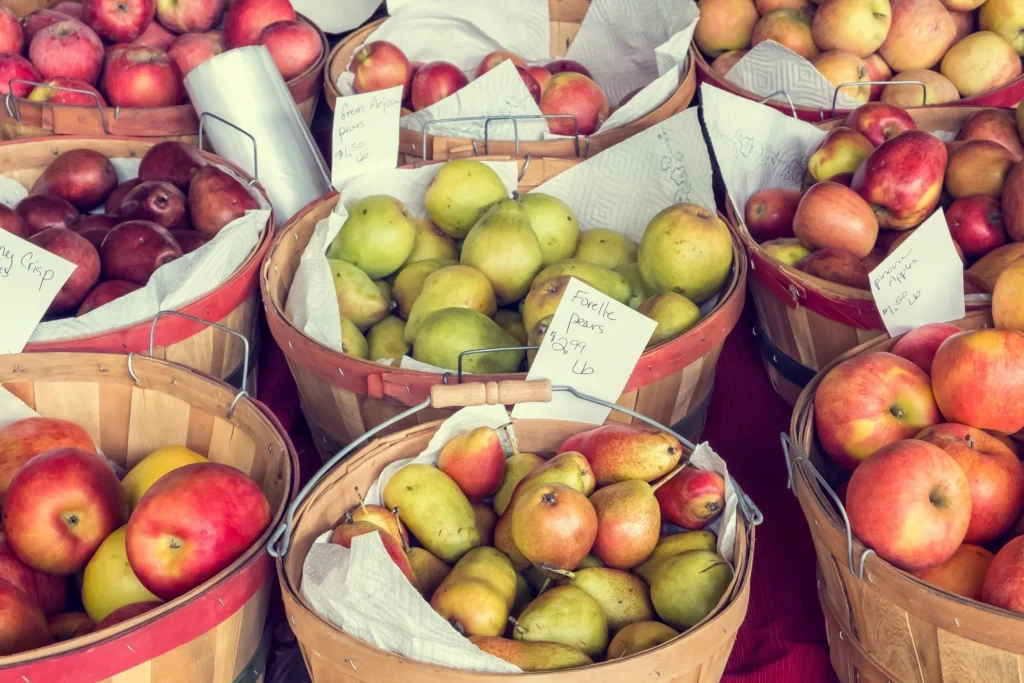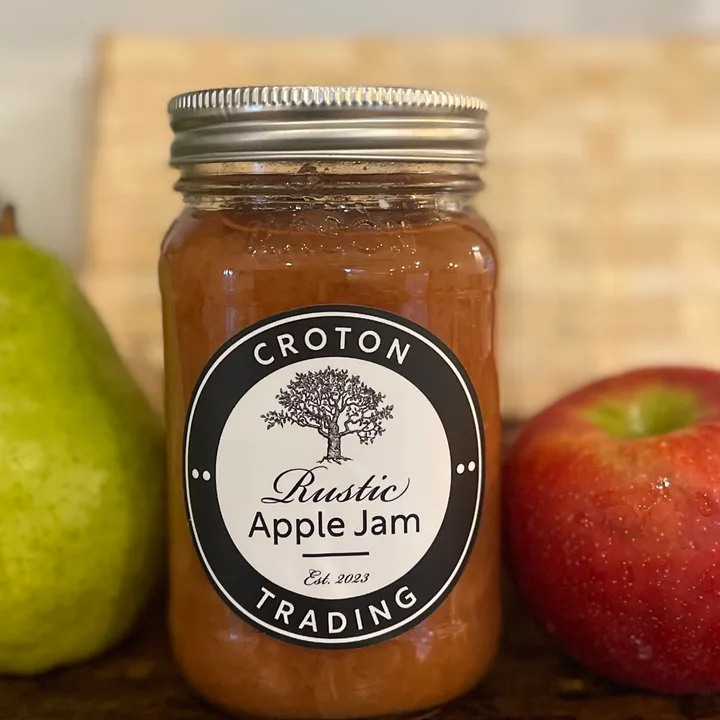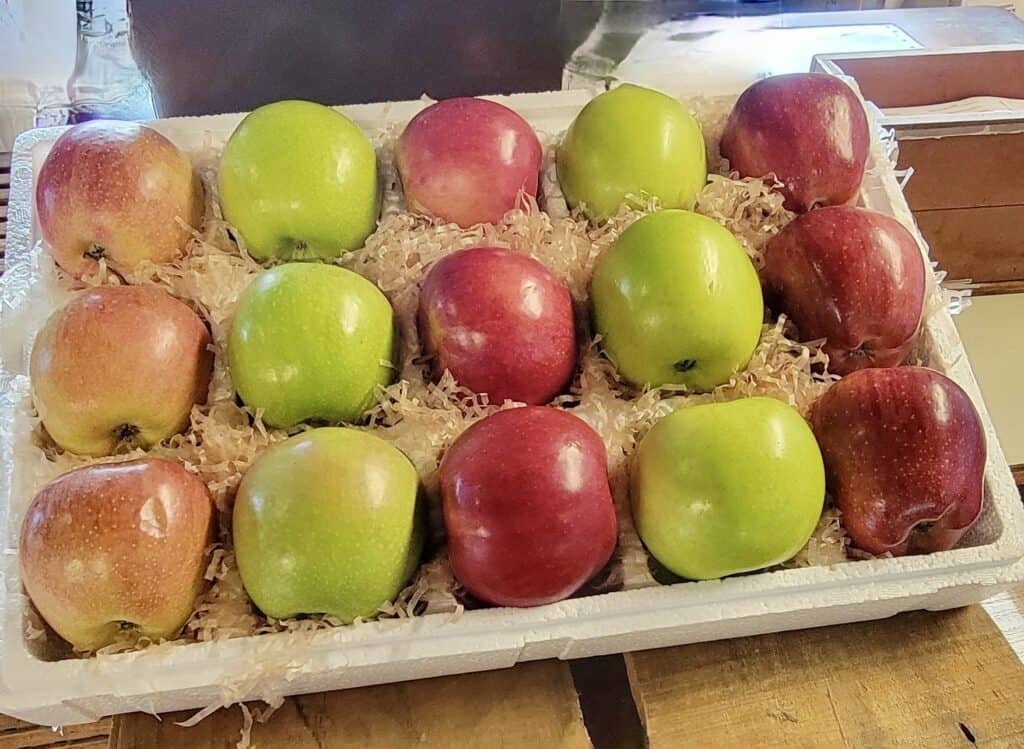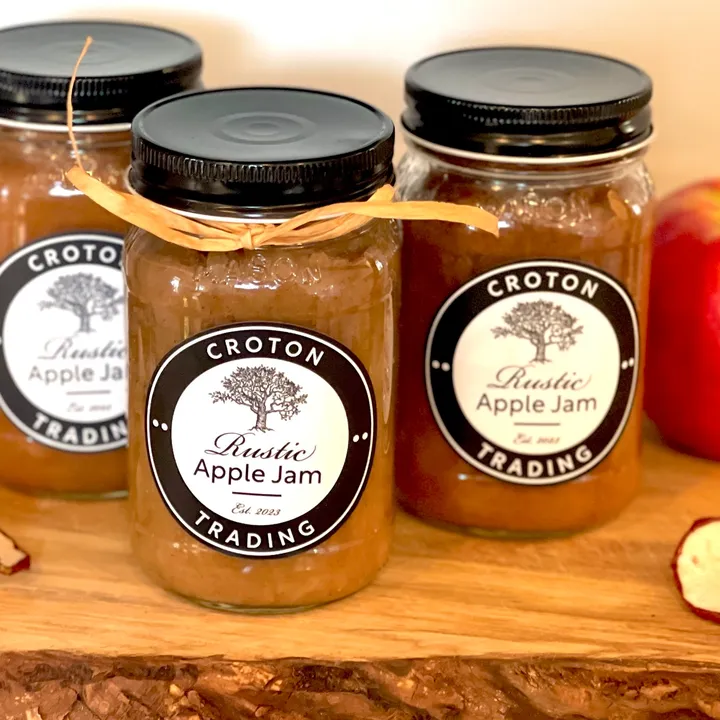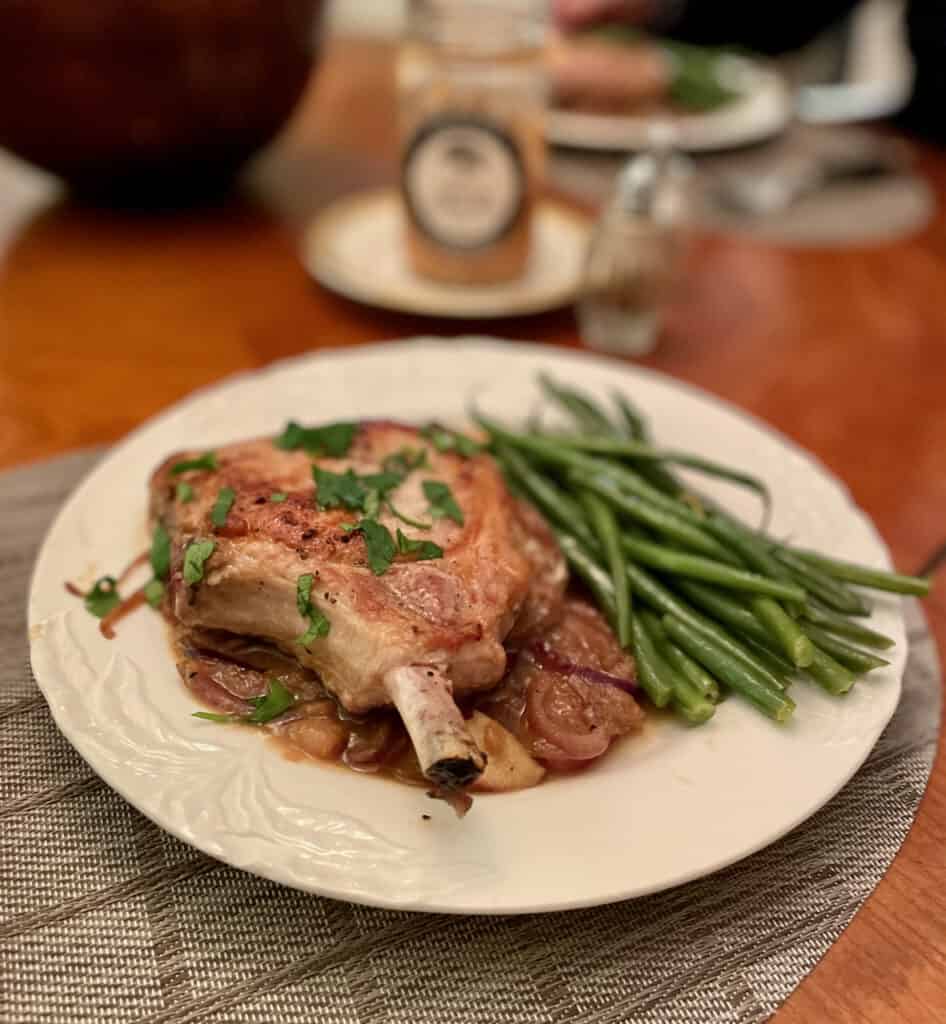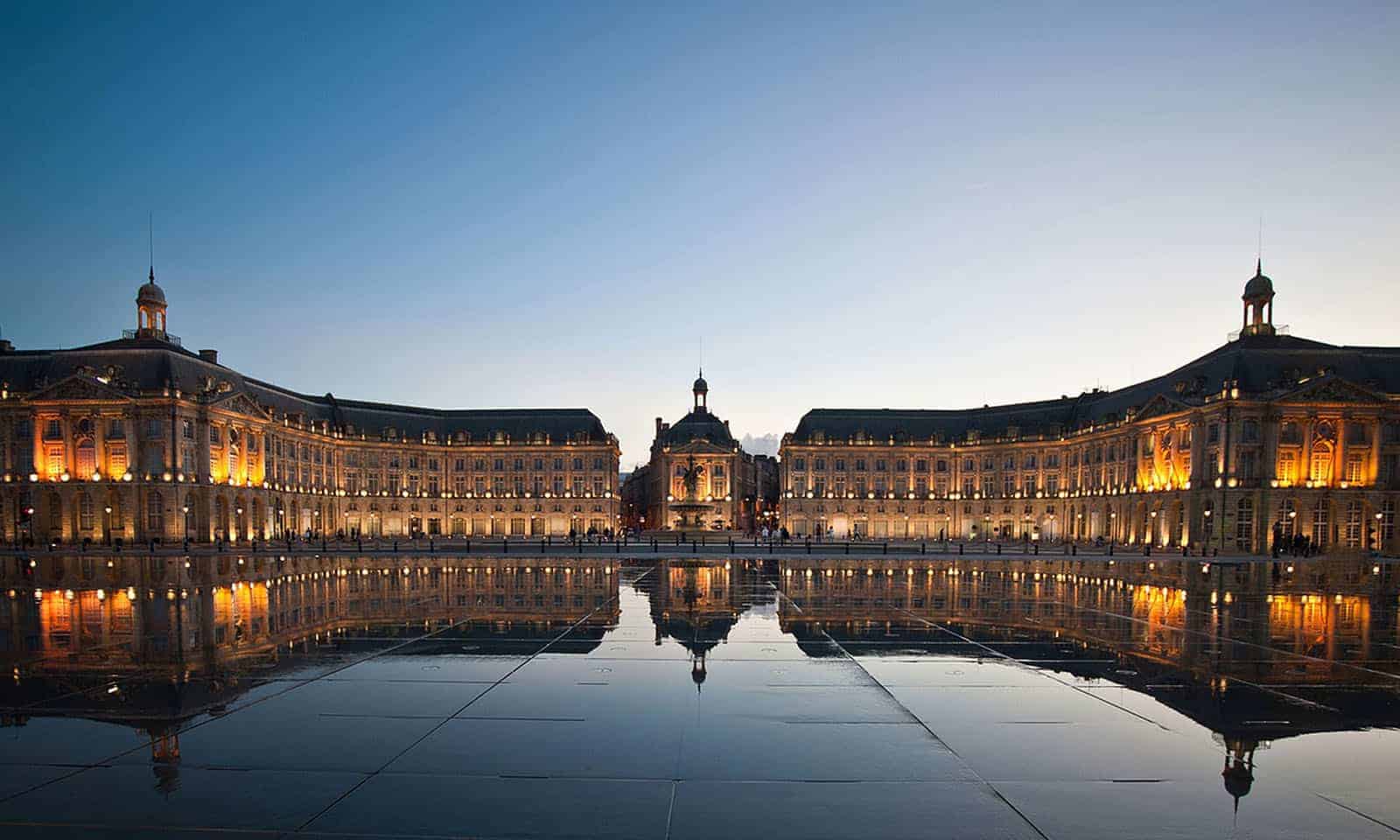Recipe for Crystal Shrimp with Ginger, Sweet Peas and Scallions adapted from Bon Appetit
Serves 4
1 pound uncooked medium shrimp, peeled, deveined
2 1/4 teaspoons salt, divided
1 large egg white
1 tablespoon plus 1 teaspoon cornstarch
1/4 cup low-salt chicken broth
2 tablespoons Shaoxing wine (Chinese rice wine) or dry Sherry
1 teaspoon Asian sesame oil
1/4 teaspoon ground white pepper
4 cups peanut oil or vegetable oil
1/2 cup (1-inch-long pieces) green onions
8 quarter-size slices peeled fresh ginger, crushed with side of heavy large knife
3/4 cup frozen green peas, thawed
Place shrimp in colander; rinse under cold running water. Drain. Sprinkle 1 teaspoon salt over shrimp; stir 1 minute. Rinse under cold running water again; drain. Repeat with shrimp and 1 teaspoon salt. Rinse and drain well. Transfer shrimp to several layers of paper towels and pat dry. Whisk egg white, 1 tablespoon cornstarch, and remaining 1/4 teaspoon salt in medium bowl; stir until shrimp are coated with batter. Cover and chill at least 1 hour and up to 3 hours.
Whisk broth, rice wine, sesame oil, white pepper, and remaining 1 teaspoon cornstarch in small bowl; set aside.
Attach deep-fry thermometer to side of 14-inch-diameter flat-bottomed wok or heavy large deep saucepan. Pour 4 cups oil into wok or saucepan and heat over medium-high heat until thermometer registers 375°F. Using slotted spoon, add shrimp (with batter clinging to surface) in batches of 5 or 6; cook just until shrimp turn pink, stirring and separating any that stick together, about 30 seconds.
Using slotted spoon, transfer shrimp to plate. Transfer 1 tablespoon oil from wok to small bowl and reserve. Carefully pour remaining oil from wok into metal bowl (reserve for another use). Wash and dry wok.
Heat same wok or heavy large skillet over high heat until drop of water evaporates on contact. Add reserved 1 tablespoon oil and swirl. Add green onions and ginger; stir 10 seconds. Add shrimp and peas. Stir in broth mixture; stir-fry until shrimp are just opaque in center and sauce coats shrimp, about 30 seconds.
Transfer to bowl and serve.



